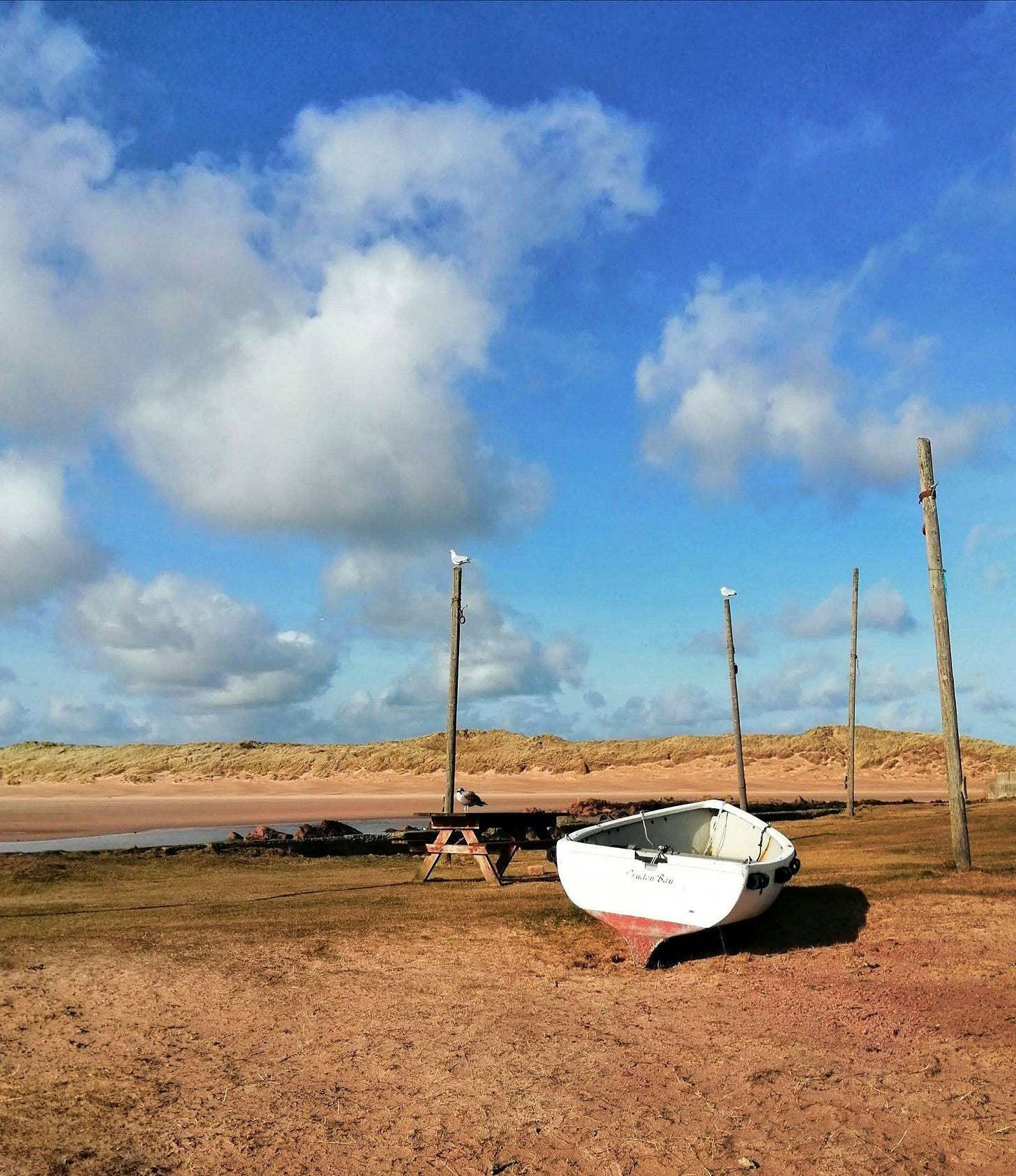I’m Nahid, “the nervous system whisperer” an Author and somatic movement educator. I’ve been teaching for twenty years and help clients move out of burnout, anxiety, stress and trauma-related issues with The Soothe Programme
Buy Soothe UK out now in paperback / Soothe US
Hello, hope you are well. A bit late but here is your newsletter. I’m just back from teaching the London Soothe Day Retreat, it’s a healing gathering of lovely people who tune back into what it means to be human again. We explored how your spine and emotions are linked. Your spine is not meant to be held rigid like a pole, but to move with fluidity and intelligence.
We explore different ways to cultivate nervous system resilience each time we meet, come and explore with us at the next one on 20th September, early bird price until 31st May. Book here.
Understanding Your Spine's Structure
The human spine consists of 33 vertebrae divided into five regions: 7 cervical (neck), 12 thoracic (upper back), 5 lumbar (lower back), 5 sacral (make up the sacrum), and 4 coccygeal (which make up the tailbone).
Between most vertebrae lie intervertebral discs, which act as shock absorbers and allow for movement. The spine is supported by numerous muscles, ligaments, and fascia that work together to provide both stability and mobility.
What makes the spine truly remarkable is its natural curves:
The cervical ( neck) and lumbar ( low back) regions have a forward curve (lordosis)
The thoracic ( upper and midback) region has a backward curve (kyphosis)
These curves are essential for distributing weight, absorbing shock, and allowing balanced movement throughout your daily activities.
Your spine functions best when it can move freely in all directions. Rather than teaching a single "correct" posture, my approach helps you discover how your spine can move with greater ease and efficiency.
Key principles include:
Awareness Through Movement: By paying attention to how you move, you can identify habits that create unnecessary tension and restriction.
Gentle Exploration: Through slow, mindful movements, you learn to use your spine in ways that distribute effort evenly.
Integration: The spine does not work in isolation but as part of a whole-body system.
Variability: A healthy spine can adapt to different situations rather than being fixed in one position.
Finding Your Dynamic Posture
Here are a few explorations to help you discover a more dynamic relationship with your spine:
Exploration 1: Spinal Waves
Sit comfortably on the edge of a chair
Place your hands on your thighs
Gently roll your pelvis forward and backward, noticing how the movement travels up your spine
Gradually make the movements smaller until they're barely visible
Notice how even these tiny movements engage your entire spine
Exploration 2: Breathing and the Spine
Lie on your back with knees bent
Place one hand on your chest and one on your belly
As you breathe, notice how your spine responds
Can you feel subtle movements in your back against the floor?
Can you allow your breath to create a gentle wave through your spine?
Exploration 3: Finding Length
Stand with your feet hip-width apart
Imagine your spine as a string of pearls
Allow your head to float upward while your tailbone drops toward the ground
Notice how this creates space between each vertebra
Walk around, maintaining this sense of length without rigidity
Daily Practices for a Dynamic Spine
Move frequently: Change positions often throughout the day
Explore all ranges: Your spine can bend forward, backward, side-to-side, and rotate
Rest intelligently: Find supportive positions that allow your spine to release
Pay attention: Notice when you're holding unnecessary tension
Be playful: Approach movement with curiosity rather than judgment
The beauty of this approach is that it's not about forcing your spine into a "correct" position, but discovering how it can move with more freedom and less effort. As you develop greater awareness of your spine's natural intelligence, you'll find yourself spontaneously choosing more comfortable and efficient ways of sitting, standing, and moving.
Your dynamic spine is waiting to be rediscovered – not through rigid exercises or forced postures, but through gentle exploration and renewed awareness.
For paid subscribers, I’ve uploaded a somatic lesson for a juicy spine and to steady yourself.
HOLD STEADY - Somatic Lessons For Challenging Times
NEW LIVE 8-week course starts on 10th June. Last I wrote about how to HOLD STEADY which elicited many questions and comments, which prompted the next LIVE course will be: HOLD STEADY - Somatic Lessons For Challenging Times - the breath and movement practices that are keeping me steady when times are HARD.
Can’t make all the dates? No problem, the recordings will be available online with access for 6 months. Book here.
Rewire Your Brain & Brunch: Cultivate a Resilient Nervous System at The Elder Press Cafe by the river in Chiswick. it’s one of my favourite cafes. It’s on the 12th June at 10.30 am - 12 pm. A light brunch, a talk and discussion, practical strategies that you can implement right away, you’ll also receive a signed copy of my book, Soothe, the book your nervous system has been longing for. Tickets are £27 I’d love to see you there - click here to book.
The Soothe Weekend Retreat on 10th - 12th October at The Quaives, a lovely retreat space in Kent, 51 minutes from St Pancras. I’ve already sold the cottages and the rooms in the main house. Rooms still available:
Dorm: 3 beds in the scandi-style dorm @ £650 pp
3 minutes drive up the road staying at The Tor Spa
3 x ensuite rooms 5 minutes car drive away @ £1150 pp
Enjoy the spinal release lesson to shift through what you are going through.
Have a great week!
Stay human,
Nahid x
Keep reading with a 7-day free trial
Subscribe to Soothe with Nahid de Belgeonne to keep reading this post and get 7 days of free access to the full post archives.









